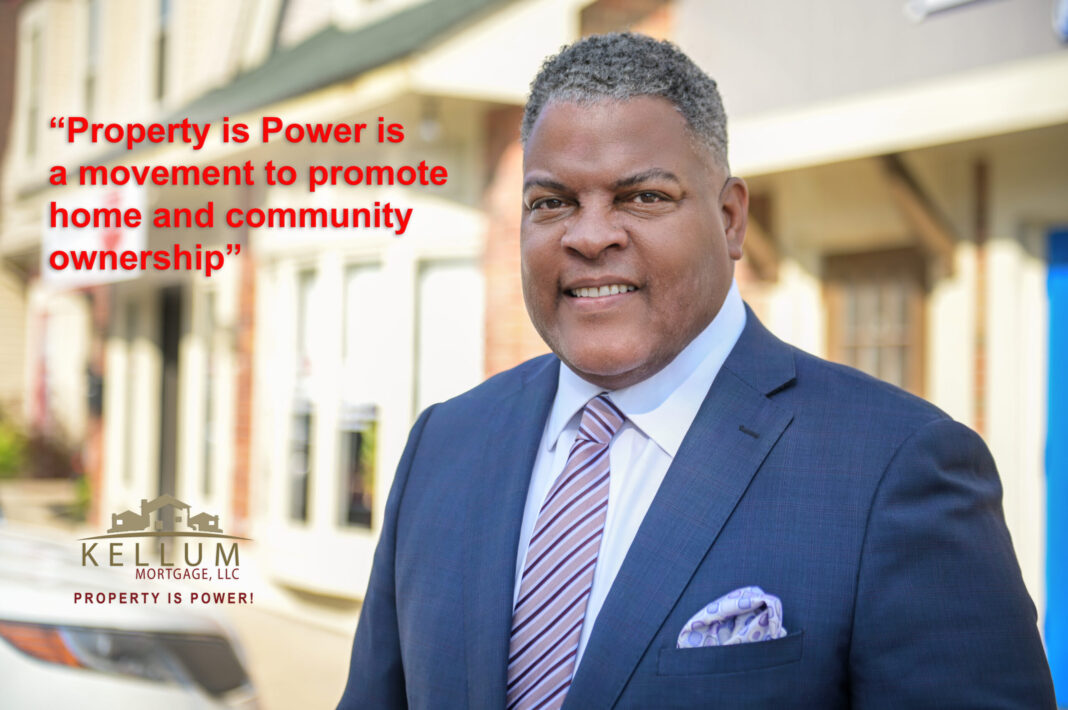Appraisal gaps in Black neighborhoods
In America, a home is not simply a place to live, it is a statement of value. It reflects how society measures worth, stability, and belonging. Yet, for far too many Black homeowners, that value is discounted the moment the address is entered into a database.
Homes in majority-Black neighborhoods are routinely undervalued, even when comparable in structure, square footage, and amenities to those in White neighborhoods. The Brookings Institution found that homes in majority-Black areas are appraised at an average of $48,000 less than similar homes in non-Black neighborhoods, a cumulative loss exceeding $156 billion nationwide. That figure represents more than lost dollars. It is the extraction of equity, the quiet theft of intergenerational wealth, and the economic marginalization of entire communities.
The Historical Architecture of Devaluation
To understand the present disparity, one must look at how property valuation itself evolved.
During the New Deal era, federal housing maps color-coded neighborhoods by “risk.” Predominantly Black communities were outlined in red “hazardous” and denied mortgage capital. Over time, those same maps shaped urban investment patterns, steering private capital away while concentrating poverty and disinvestment.
Even as redlining was outlawed, its logic persisted. Appraisers continued to use “comparable sales” drawn from racially homogeneous neighborhoods, embedding bias into the very algorithm of valuation. Thus, devaluation is not incidental; it is inherited. The same institutional frameworks that once banned Black buyers from neighborhoods now systematically reduce the value of the neighborhoods they built.
How Undervaluation Shapes the Black Wealth Gap
Appraisal bias does not end at closing; it compounds over time. Lower valuations limit a homeowner’s ability to refinance, invest in home improvements, or leverage equity to start a business or fund education. When the time comes to sell, the return is smaller, curbing the ability to move upward or assist the next generation in purchasing their own property.
This is how the wealth gap reproduces itself. According to the Center for American Progress, even after adjusting for education and income, Black families hold roughly one-fifth of the median wealth of White families. Much of that gap is rooted in home equity or the absence of it. The tragedy is not that Black families fail to buy homes, but that the market fails to recognize the full value of what they own.
The Psychology of Place
Appraisal disparity is not only economic; it is psychological. It signals to homeowners that their neighborhoods, their lives, histories, and aspirations are worth less. This message erodes confidence, fuels disinvestment, and distorts public perception. Over time, it becomes a feedback loop: undervaluation discourages improvement, which in turn reinforces the perception of low worth. In this way, property becomes a mirror of societal bias, not an expression of intrinsic value, but of external prejudice. The price tag attached to a home becomes a proxy for how much a community is respected.
Reclaiming the True Value of Black Neighborhoods
1. Reforming the Appraisal Process
Federal agencies and professional associations must enforce stronger oversight and transparency. Random audits of appraisal reports, algorithmic bias testing, and community participation in valuation standards are essential. A home’s worth should reflect its features, not the race of its neighbors.
2. Building Black Appraisal Power
Representation matters. Increasing the number of Black appraisers and valuation professionals can disrupt the cycle of inherited bias. Training and certifying new appraisers from historically Black colleges and universities or community pipelines is a direct form of economic resistance.
3. Leveraging Policy and Community Action
Local governments can incentivize reinvestment in undervalued communities through tax credits, equity-based lending, and fair-appraisal programs. Community development financial institutions (CDFIs) and mission-driven lenders can bridge gaps left by traditional finance.
4. Educating and Empowering Homeowners
Black homeowners must be informed of their rights and empowered to challenge low appraisals. Knowing how to request a reconsideration of value, submit comparables, or file fair housing complaints transforms passive frustration into active agency.
The Deeper Truth
When we talk about home value, we are really talking about human value. The devaluation of Black neighborhoods is not just an economic oversight; it is a moral indictment. It reveals how racism can shape markets just as surely as policy can.
Because Property is Power only when its value is honored. When every home in every neighborhood is appraised not by prejudice, but by potential.
The true wealth of a community is not just in its property lines, it is in its people. And until that truth is reflected in our valuations, America’s balance sheet will remain incomplete.
(Dr. Anthony O. Kellum—CEO of Kellum Mortgage, LLC
Homeownership Advocate, Speaker, Author
NMLS # 1267030 NMLS #1567030
O: 313-710-9025 W: www.KelluMortgage.com.)
Property is Power! is a movement to promote home and community ownership. Studies indicate homeownership leads to higher graduation rates, family wealth, and community involvement.

